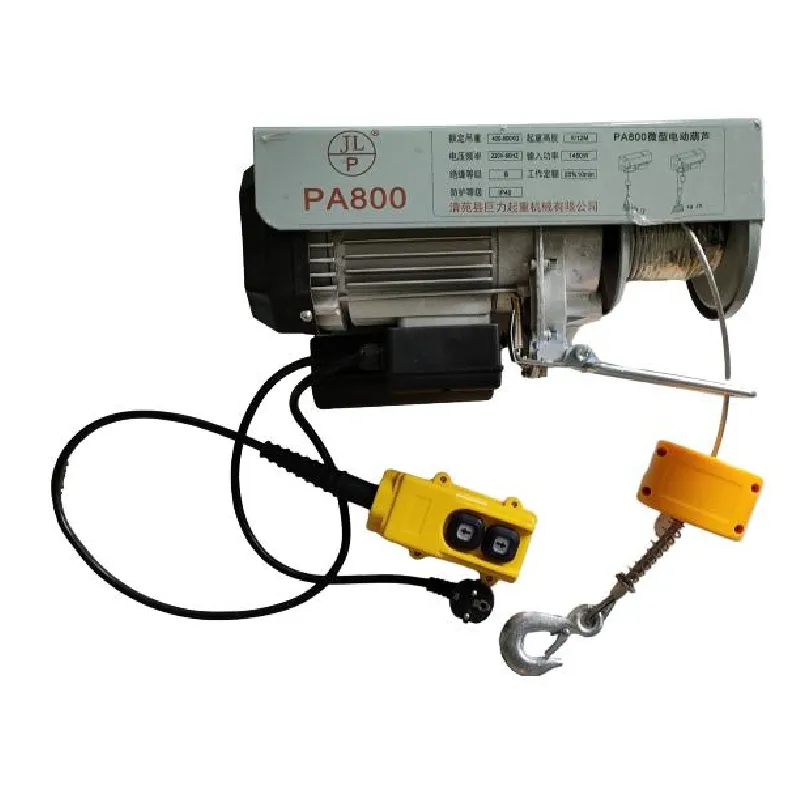


Understanding Fall Protection Types Ensuring Safety at Heights
In various industries, working at heights is a common practice, yet it poses significant risks. According to the Occupational Safety and Health Administration (OSHA), falls are one of the leading causes of workplace injuries and fatalities. Therefore, implementing effective fall protection measures is crucial. This article delves into the different types of fall protection systems, their applications, and why they are essential for ensuring worker safety.
1. Personal Fall Arrest Systems (PFAS)
Personal Fall Arrest Systems are designed to catch a worker if they fall. A PFAS typically consists of three primary components a full-body harness, a lanyard or lifeline, and an anchorage point. Full-body harnesses distribute the impact forces across the body, preventing injury during a fall. The lanyard connects the harness to the anchorage point, which can be a stable structure or a designated safety anchor. PFAS is highly effective for tasks such as roofing, scaffolding, and maintenance work, where workers are often exposed to heights.
2. Guardrails and Safety Railing Systems
Guardrails are one of the most effective and commonly used fall protection systems. They act as physical barriers, preventing workers from falling off elevated surfaces. OSHA standards require guardrails on all open-sided surfaces, floor holes, and stairways. A standard guardrail system consists of a top rail, mid-rail, and posts that support the structure. Guardrails are particularly beneficial in construction sites, loading docks, and rooftops, providing a reliable means of fall prevention without restricting movement.
3. Safety Nets

Safety nets are another type of passive fall protection system designed to catch falling workers before they reach the ground. These nets are installed beneath the work area in which employees are exposed to fall hazards. They serve as a secondary means of protection, particularly in situations where other fall protection systems may not be feasible. Safety nets are commonly used in industries such as construction, where workers perform tasks from significant heights, as they allow for greater mobility without sacrificing safety.
4. Controlled Access Zones
Controlled Access Zones are designated areas where only authorized personnel are permitted to enter. This system is often used in construction sites where falls may occur due to the nature of the work. By restricting access, employers can minimize the risk of falls among individuals who are not trained or aware of the hazards present. It is imperative that workers within these zones understand the fall hazards and are equipped with the necessary personal protective equipment.
5. Fall Restraint Systems
Fall restraint systems differ slightly from personal fall arrest systems. Rather than allowing workers to fall and then catch them, fall restraint systems prevent workers from reaching a potential fall hazard. This is accomplished through the use of body harnesses linked to a tether that restricts movement to safe areas. Fall restraint systems are particularly useful in scenarios where workers are operating near unprotected edges or leading edges, such as during roof work or bridge inspections.
Conclusion
Fall protection is a critical component of workplace safety in industries involving elevated work environments. Understanding the various types of fall protection systems is essential for employers and employees alike. By implementing effective fall protection measures such as Personal Fall Arrest Systems, guardrails, safety nets, controlled access zones, and fall restraint systems, workplaces can significantly reduce the risk of falls and enhance overall safety. It is the responsibility of both organizations and workers to prioritize safety, ensuring a secure working environment free from fall hazards. Proper training, vigilant supervision, and adherence to safety protocols are paramount in maintaining a culture of safety and preventing workplace injuries.



